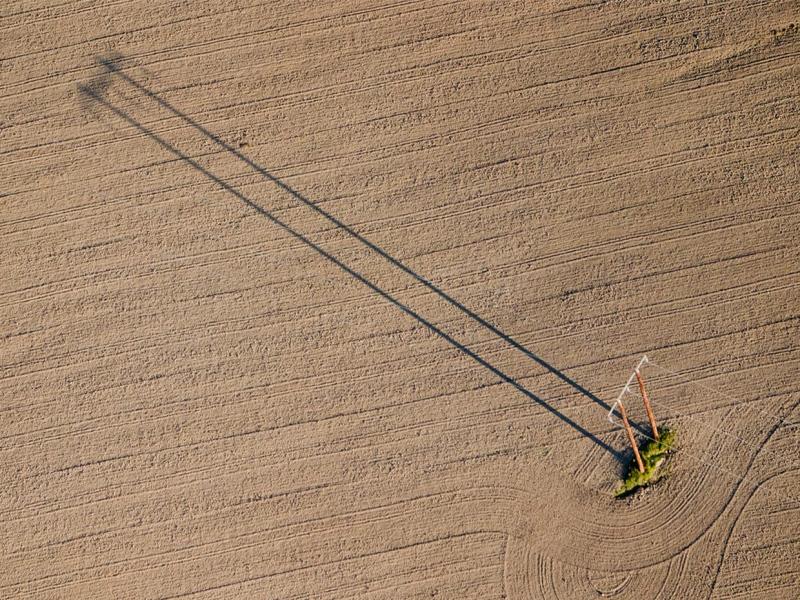Farming structures have evolved a lot over the years. Back in the early 1990’s, many farmers operated through a partnership or family trust.
Both have benefits, but an increasing number of farmers are outgrowing these structures.
Trading as a partnership allows people to fully maximise tax concessions for farmers such as primary production averaging or farm management deposits. However, partnership structures can also leave you fully exposed if something goes wrong.
Discretionary trusts were also quite popular, as they allowed trustees to allocate income in any one year to different family members; reducing the overall tax burden for the farming family.
As farm scale and profits increase, other trading structures have become more popular. These include:
- Discretionary trusts (with a corporate trustee) that allocates income to a corporate beneficiary.
- Partnerships consisting of a family trust (with a corporate trustee) and a company.
- Trading companies.
What are the benefits of using a company structure for your farm?
Companies are becoming a popular operating structure for farmers, and for good reason. A company can help you separate your farming business from the underlying land asset. That is fundamental asset protection. Using a company structure can also mitigate the risk of an unexpected death or disability.
There are tax benefits too; companies have a flat 25% tax rate compared to a 47% tax rate for individuals earning over $190,000. Depending on your circumstances, using a company could lead to significant tax savings.
What are the disadvantages of company structures for farmers?
As with everything, there are some negatives to using a company structure. These include:
- Increased complexity and associated compliance costs.
- Preventing or limiting the benefit of primary production tax concessions such as farm management deposits or primary production averaging.
- The Australian Tax Office (ATO) expect corporate beneficiaries to receive the trust distributions.
We encourage clients who are using corporate beneficiaries to actively manage unpaid trust entitlements by transferring cash to the company where possible. This strategy won’t work for all clients, but for those who have the cash available, there are real benefits.
You could:
- Use company funds to purchase plant items, then lease the plant to the trading entity. The company becomes essentially a plant-hire entity. It receives rental income from the plant equipment and may claim depreciation as an expense.
- Setup the corporate beneficiary as an investment entity, then use it to fund the older generation as they transition to retirement.
- Use the funds in the corporate beneficiary to create an investment portfolio for off-farm children as part of your succession plan.
Most farmers can take advantage of small business restructure rollover concessions to restructure in a tax-effective and timely manner. However, any decision to change your trading structure should be carefully considered. It is important to discuss the advantages and disadvantages of different trading structures with your accountant.
To ensure the best outcome for your unique circumstances, contact your local RSM adviser to explore your options and begin the conversation.
This article was first published on ACM Farm Weekly.





